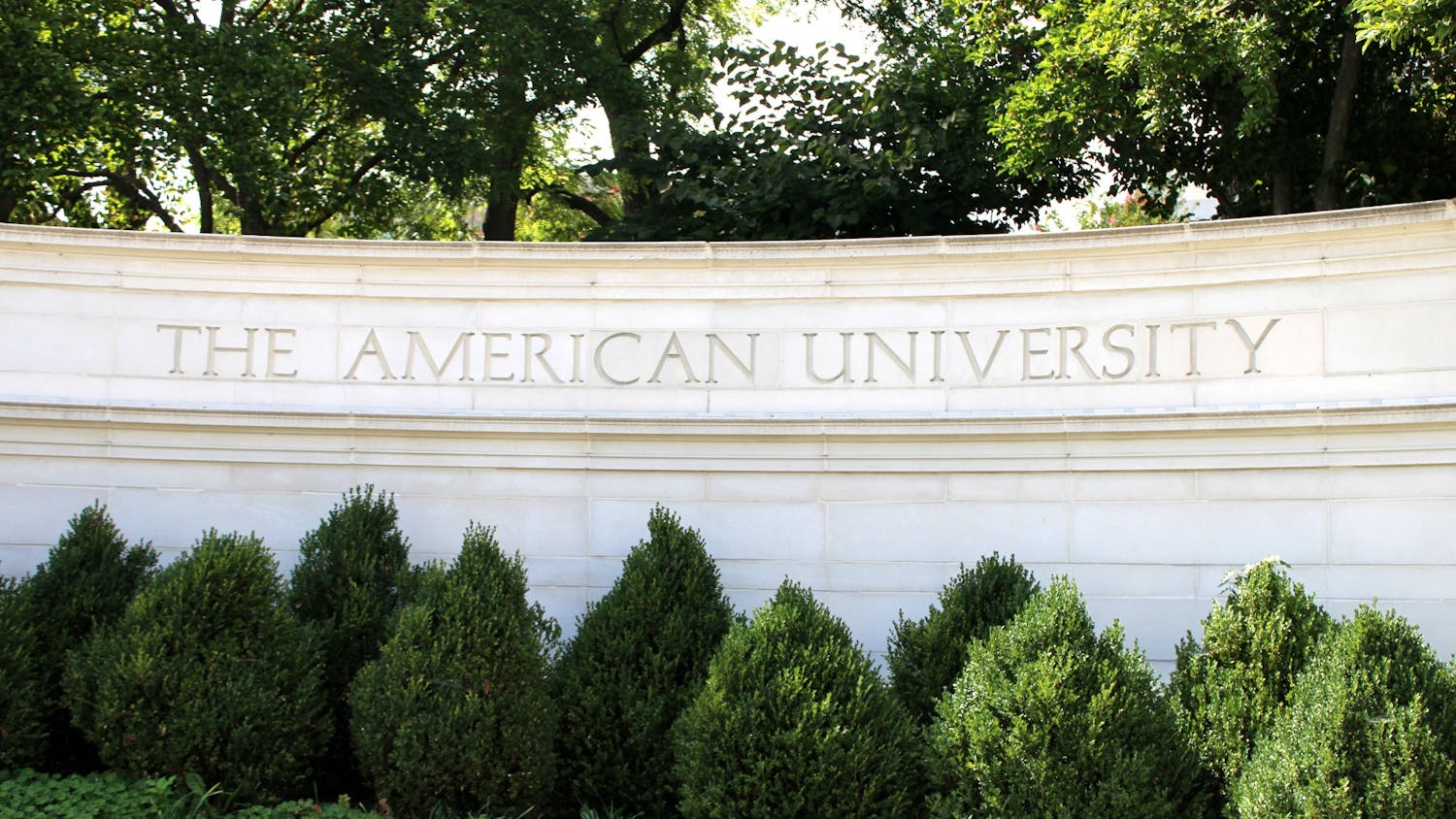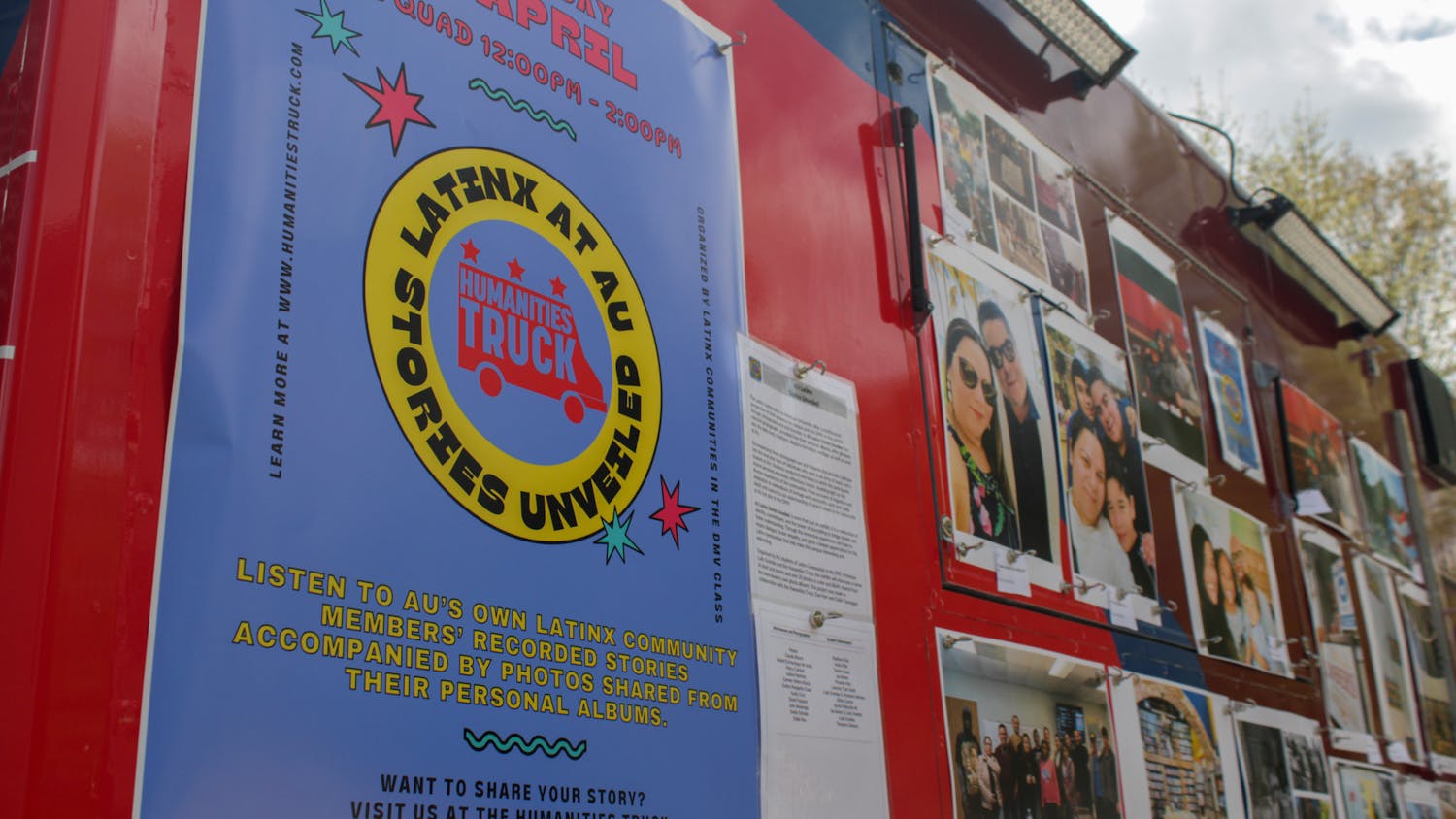Rates of binge drinking among white college students are considerably lower when more racial minorities attend a school, according to a study published in the November issue of the American Journal of Public Health.
The rate between binge drinking on predominately white colleges versus colleges with more diverse population differed as much as 10 percent, according to the study.
The study's head author, Professor Henry Wechsler of the Harvard School of Public Health, defined binge drinking as having five or more alcoholic drinks in a row for men and four drinks in a row for women during a two-week period.
The study said 40 percent of college students overall are binge drinkers.
Since black and Asian-American students showed lower percentages of binge drinking, researchers hope that college administrators will consider using demographics to combat drinking.
"Having more minority students, older students and women should provide more models of abstention and responsibility drinking and should lower the overall binge drinking rate," Wechsler said.
Students over the age of 22 and females can also have an influence on lower levels of binge drinking among high-risk students, the study said. High-school students who do not binge drink are more likely to continue the trend at schools where these groups are more prominent.
Likewise, high-school binge drinkers that attended colleges with larger percentages of minorities tend to abandon their drinking habits, according to the study.
However, females from these schools did not show a notable connection with the binge drinking rates.
The study included 114 colleges during 1993, 1997, 1999 and 2001.
Some AU students question whether diversity is a main factor in the likelihood of students at predominately white colleges binge drinking, however.
AU junior Dana Sherman said she thinks that students at colleges in more remote areas may be more likely to drink.
"There's more to do in city schools and less need for binge drinking to be an outlet," Sherman said.
Others feel the numbers simply do not measure up. Junior William Lee said he has friends of various racial backgrounds who chose not to drink regardless of other cultural influences.
"It's not really a fair comparison," Lee said. "It's a case-by-case situation. Anyone can binge drink."
One potential variable is the reasons students choose colleges.
"Colleges that have larger numbers of minority and older students and women may attract white, underage and male students with different attitudes about drinking," the study said.
Dwayne Spencer, a senior at Bowie State University, a historically black college in Bowie, Md., links the pressures for minorities to succeed in a dominantly white environment to the low levels of binge drinking among African American students.
He said he thinks blacks are often placed with the burden of representing their race as a respectable people when in a predominately white setting.
"Minorities recognize that they are without numbers and without room for errors," Spencer said.
It is estimated that 1,400 college students die each year because of alcohol-related incidents, making binge drinking a large concern for many colleges. Binge drinking is attributed to problems such as violence, sexual harassment and a decline in studying, Wechsler said.




